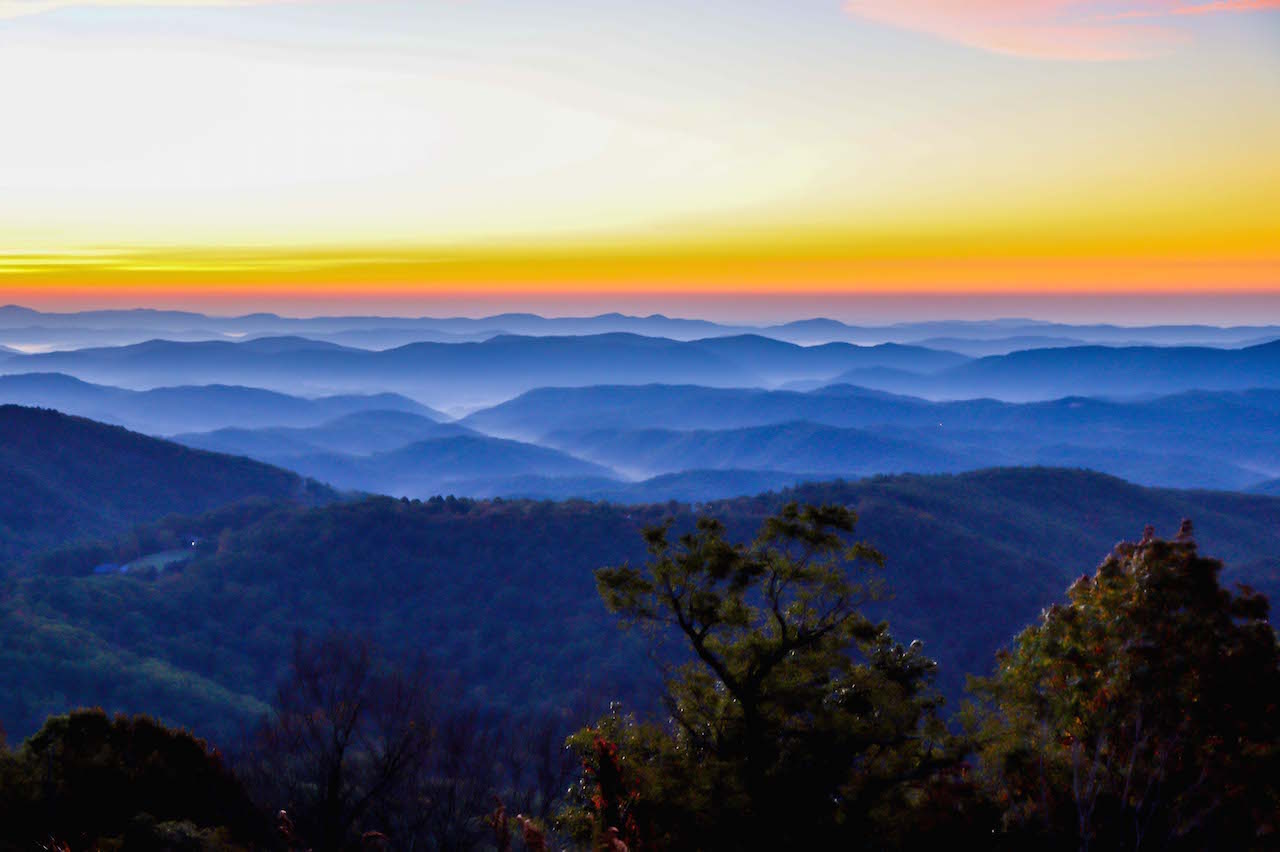Antarctica, often perceived as nothing more than a vast expanse of ice, is, in fact, a fascinating land filled with unique ecosystems and extraordinary phenomena. To appreciate this desolate yet captivating continent, one must delve into its myriad wonders. Here are some intriguing facts that will shift your perspective on Antarctica’s alluring charms: ice wildlife and frozen landscapes.
1. The Wondrous Wildlife of Antarctica
Often overlooked, the wildlife of Antarctica is remarkable for its resilience and adaptability. Despite the harsh climate, a variety of species thrive here.
Penguins: Majestic Monogamists
Antarctica is home to several penguin species, including the Emperor and Adélie penguins. The Emperor penguins are notable for their remarkable breeding habits, often trekking up to 50 miles across the ice to their breeding grounds. They endure temperatures as low as -60°F, developing a unique social structure where they huddle together for warmth, showcasing their impressive community bonds.
Seals: Masters of Adaptation
Antarctica hosts six seal species, including the Weddell seal and the leopard seal. The leopard seal is particularly fascinating, known for its predatory prowess and formidable presence. These seals can dive to depths of over 1,500 feet, hunting krill, fish, and even penguins. Their ability to thrive in the extreme cold showcases their exceptional adaptability.
Birds: Aerial Acrobats
Bird species in Antarctica, such as the snow petrel and the South Polar Skua, have adapted to the unique ecological niches of this frozen continent. The snow petrel, with its predominantly white plumage, is known for its exquisite aerial maneuvers and plays a crucial role in the Antarctic ecosystem by feeding on small fish and krill. The South Polar Skua, on the other hand, is notorious for its aggressive nature, often scavenging from other birds.
2. Mysteries of the Ice and Snow
Antarctica is often regarded as one of the planet’s last true frontiers, holding secrets beneath its thick ice. The continent’s ice sheets are not only massive but also integral to our understanding of climate change.
The Ice Sheets: A Record of Earth’s History
The Antarctic ice sheet holds about 60% of the world’s fresh water, making it crucial for global sea levels. Scientists drill deep into the ice to obtain core samples, which contain trapped air bubbles that date back hundreds of thousands of years. This provides an invaluable window into Earth’s past climate, and by studying these layers, researchers can track historical CO2 levels and temperature fluctuations.
Subglacial Lakes: Hidden Ecosystems
Beneath the Antarctic ice lies a network of subglacial lakes, such as Lake Vostok, which has been isolated from the outside world for millions of years. These unique ecosystems could harbor microbial life forms that have adapted in isolation, potentially offering insights into extraterrestrial biology. Scientists are studying these lakes not only to understand their ecological significance but also to ponder the implications for life beyond Earth.
3. The Spectacular Phenomena of Antarctica
The landscapes of Antarctica are both sublime and surreal, characterized by breathtaking ice formations and unique weather patterns.
The Aurora Australis: Nature’s Light Show
Witnessing the Aurora Australis, or Southern Lights, is a magical experience. This breathtaking display of colors is caused by solar wind colliding with the Earth’s magnetic field, creating shimmering lights that dance across the sky. While the phenomenon occurs in other parts of the world, Antarctica provides an unparalleled vantage point, free from light pollution.
Icebergs: Nature’s Floating Sculptures
Icebergs, often larger than buildings, are iconic symbols of Antarctica. These colossal structures break off from glaciers and float in the ocean, sometimes taking on bizarre shapes due to erosion and melting. The shades of blue found within icebergs derive from the compression of ice and the absorption of light, resulting in stunning visuals that captivate onlookers.
4. Human Endeavors in the Frozen Land
While often associated with isolation, Antarctica has a rich history of human exploration and scientific research.
The Age of Exploration: Early Expeditions
Antarctica was first sighted in the early 19th century. Explorers like Ernest Shackleton and Robert Falcon Scott embarked on perilous journeys, enduring extreme conditions in their quest to chart the continent. Their expeditions, though fraught with danger, paved the way for subsequent scientific research and international cooperation.
Research Stations: Beacons of Science
Today, numerous research stations dot the icy landscape, hosting scientists from around the globe. Notable bases include McMurdo Station and the British Antarctic Survey. These stations serve as hubs for extensive research on climate change, wildlife, and glaciology, underscoring Antarctica’s importance in understanding global environmental shifts.
5. The Effects of Climate Change
Antarctica is on the frontline of climate change. As ice sheets melt and temperatures rise, the implications extend far beyond its icy borders.
Rising Sea Levels: A Global Concern
The melting ice sheets contribute significantly to rising sea levels, which threaten coastal communities worldwide. Projections estimate that if the entire Antarctic ice sheet were to melt, global sea levels could rise by over 200 feet. Understanding these dynamics is crucial for future planning and mitigation efforts.
Ecological Impact: A Changing Habitat
The changing climate affects the delicate balance of ecosystems in Antarctica. Species such as penguins and seals are especially vulnerable, facing challenges as their habitats shift and prey availability fluctuates. Monitoring these changes is essential to develop conservation strategies that can protect these remarkable creatures.
In conclusion, Antarctica is a realm of boundless curiosity and intrigue. Its diverse wildlife, stunning phenomena, and critical role in our planet’s climate systems beckon for further exploration and understanding. Embracing the allure of this icy continent inspires respect and urgency for its preservation, illuminating the intricate connections between nature, science, and humanity.




